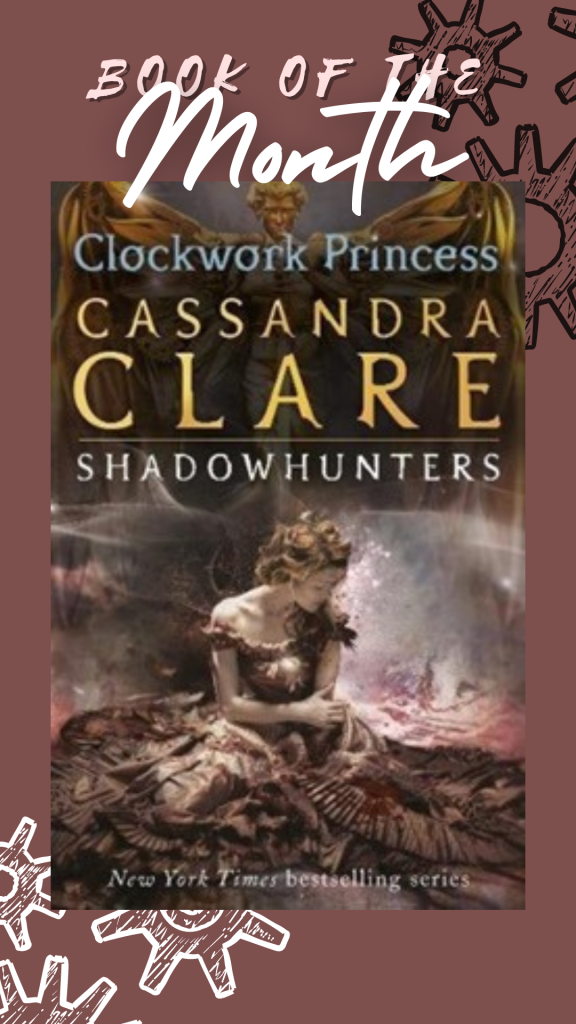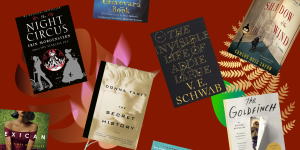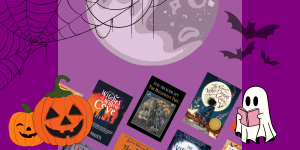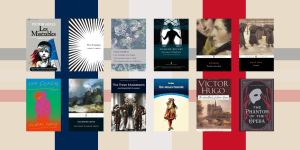Finding writing inspiration can sometimes feel like searching for a needle in a haystack. Whether you’re a seasoned author or just starting, we all face those moments when the words simply won’t come. But the good news is that inspiration can be found in the most unexpected places.
In this article, we’ll dive into practical tips from authors worldwide to reignite your creative spark and keep those ideas flowing.
Let’s explore some fresh ways to stay inspired and motivated and make writing feel exciting again!
Tips On How To Find Inspiration
When you’re stuck in your writing, refer back to this list and see the writing inspiration flow in like magic.
1. Read to Learn, Not Just for Pleasure – Neil Gaiman
Reading extensively is crucial for any writer, but it goes beyond simply enjoying a good story. There’s a fine line between reading for pleasure and reading to grow as an author.
Neil Gaiman, for example, shared an experience from early in his career that highlights this distinction. He found himself surrounded by seasoned authors who weren’t just talking about whether they liked a book—they were dissecting it.
While Gaiman simply said he enjoyed the story, the other authors went further, picking apart what worked and what didn’t.
They discussed the narrative structure, the character development, and the language choices, all with the intent of understanding the mechanics of good writing.
This kind of critical reading allows you to step back and look at books through a different lens. It teaches you to identify strengths, like compelling dialogue or tight pacing, and weaknesses, such as flat characters or inconsistent tone.
Over time, this practice can sharpen your writing skills, making you more intentional and aware of the choices you make on the page.
2. Embrace a Strict Routine – Haruki Murakami
Renowned novelist Haruki Murakami credits much of his creative success to the unwavering discipline of his daily routine.
When he’s working on a novel, Murakami wakes up at 4 a.m., well before the world stirs, and dedicates several uninterrupted hours to writing.
After this intense creative burst, he shifts gears, heading outdoors to run 10 kilometers or swim 1500 meters—an impressive commitment to physical health.
But for Murakami, this routine isn’t just about staying fit. The balance between mental focus and physical exertion creates a rhythm that fuels his inspiration.
He views it as a form of self-hypnosis, a way to dive deep into his work while keeping his mind clear and sharp.
By following this disciplined routine, he not only maintains his creative flow but also sets up a mental space where ideas flourish naturally. This approach highlights an essential lesson for writers: success doesn’t always stem from fleeting bursts of inspiration.
Often, it’s the steady, consistent effort that lays the groundwork for meaningful, lasting creativity.
3. Discover Inspiration in the Ordinary – Lemony Snicket
Daniel Handler, famously known by his pen name Lemony Snicket, draws much of his creative writing inspiration from the everyday moments many people overlook.
He believes that even the smallest, most mundane details can spark something magical if you take the time to notice them.
Handler encourages writers to observe the world around them with curiosity, asking questions like, “What could this lead to?” This simple act of paying attention allows ordinary situations to transform into something far more interesting.
A casual conversation overheard on the bus, a peculiar object on a kitchen shelf, or even the way sunlight filters through a window—all of these can be seeds for stories that evolve into imaginative and captivating tales.
Handler’s approach teaches writers that inspiration doesn’t always require grand events or dramatic scenes; sometimes, the key to creativity lies in the subtle and the overlooked, waiting to be expanded into something extraordinary.
READ MORE: 6 Best Online Courses You Need To Master Creative Writing
4. Travel for New Ideas – James Salter
James Salter held a firm belief that stepping outside the confines of your everyday environment could unlock new realms of creativity.
Travel, in his eyes, wasn’t merely about the physical act of visiting new places but about embracing the unfamiliar. When you immerse yourself in different cultures, landscapes, and ways of life, it shifts your perspective in profound ways.
Each new experience, whether it’s a bustling city street or a quiet rural village, has the potential to spark fresh ideas and breathe life into your writing.
The beauty of travel, according to Salter, lies in how it forces you to confront the unfamiliar and adapt. These encounters with the unknown challenge your worldview, pushing you to observe and interpret things differently.
It’s not just the destination that matters, but the journey itself—the way each new place subtly rewires your mind and opens you up to new possibilities.
These shifts in perspective can fuel your creativity, offering rich material for stories, characters, and settings that you may have never conceived in the comfort of your usual surroundings.
Salter’s approach to creativity through travel reminds us that sometimes, the best way to find inspiration is to step out into the world and let it surprise you.
5. Start a Collection and Let it Inspire Your Stories – Ransom Riggs
Ransom Riggs, known for his captivating novel Miss Peregrine’s Home for Peculiar Children, found writing inspiration in an unexpected place: old photographs.
As a child, he began collecting vintage snapshots, particularly drawn to the eerie and mysterious Victorian-era images. Over time, these photos took on a life of their own, as he noticed patterns and stories hidden within their strange expressions and forgotten moments.
What started as a simple hobby grew into the seed for his bestselling novel, where the peculiar characters were born from these haunting images.
Riggs’ experience highlights how collecting objects—whether they’re old photographs, postcards, letters, or even random trinkets—can be a powerful source of inspiration.
These seemingly ordinary items can stir the imagination, offering clues to forgotten histories or sparking questions about who owned them and what their lives were like.
By surrounding yourself with such objects, you create a treasure trove of potential storylines, characters, and settings.
They can serve as tangible reminders of the past, providing a foundation for crafting narratives that blend reality with fantasy, just as Riggs did.
It’s a reminder that the writing inspiration you’ve been searching for can come from the most unexpected places—sometimes, all it takes is looking at the world a little differently.
6. Ask Hypothetical Questions – José Saramago
Sometimes, writing inspiration springs from the simplest hypothetical questions that can spark wild ideas and limitless creativity.
For example, renowned author José Saramago‘s novel Death with Interruptions was born from a thought-provoking question: “What would happen if death took a holiday?” This seemingly whimsical inquiry invites readers into a world where the boundaries of life and death blur, prompting them to consider the implications of a reality where mortality pauses.
Asking “What if?” questions—no matter how absurd or unlikely—can serve as an exhilarating exercise for writers. These questions can unlock new perspectives and open doors to entirely new narratives, pushing your imagination beyond conventional limits.
By jotting down intriguing questions in a dedicated notebook, you create a personal treasure trove of inspiration to revisit whenever you’re feeling stuck or uninspired.
For instance, consider questions like, “What if time stood still every Thursday?” or “What if animals could talk but only when humans weren’t listening?” Each of these prompts can lead you down a unique path, allowing you to explore different characters, settings, and plot twists.
Engaging with these hypothetical scenarios encourages you to think creatively and cultivate a mindset that thrives on exploration and discovery.
So, keep asking those “what ifs” and watch how they can transform into compelling stories that captivate both you and your readers.
READ MORE: Autumn Vibes: 8 Cozy Book Recommendations for Fall
7. Find Inspiration in Repetition – Marilynne Robinson
Marilynne Robinson, an acclaimed author known for her rich and evocative prose, advises writers to keep a running list of metaphors, similes, and other forms of figurative language.
This practice sharpens your creative edge and enhances your writing style. By consciously gathering these expressions, you build a reservoir of inspiration that you can draw from as you craft your narratives.
Revisiting this list can be a transformative exercise. Challenge yourself to explore these metaphors and similes, pushing the boundaries of how you describe emotions, settings, and characters.
For example, instead of simply saying the sky was blue, you might recall a metaphor from your list and say, “The sky stretched out like a canvas brushed with strokes of cerulean.” This enriches your description and invites readers to visualize your world more vividly.
Ultimately, keeping a list of figurative language nurtures your creativity, cultivating your imaginative powers and refining your ability to communicate complex ideas with clarity and beauty.
As you embark on your writing journey, remember to jot down those striking comparisons—they may just lead you to the next breakthrough in your storytelling.















